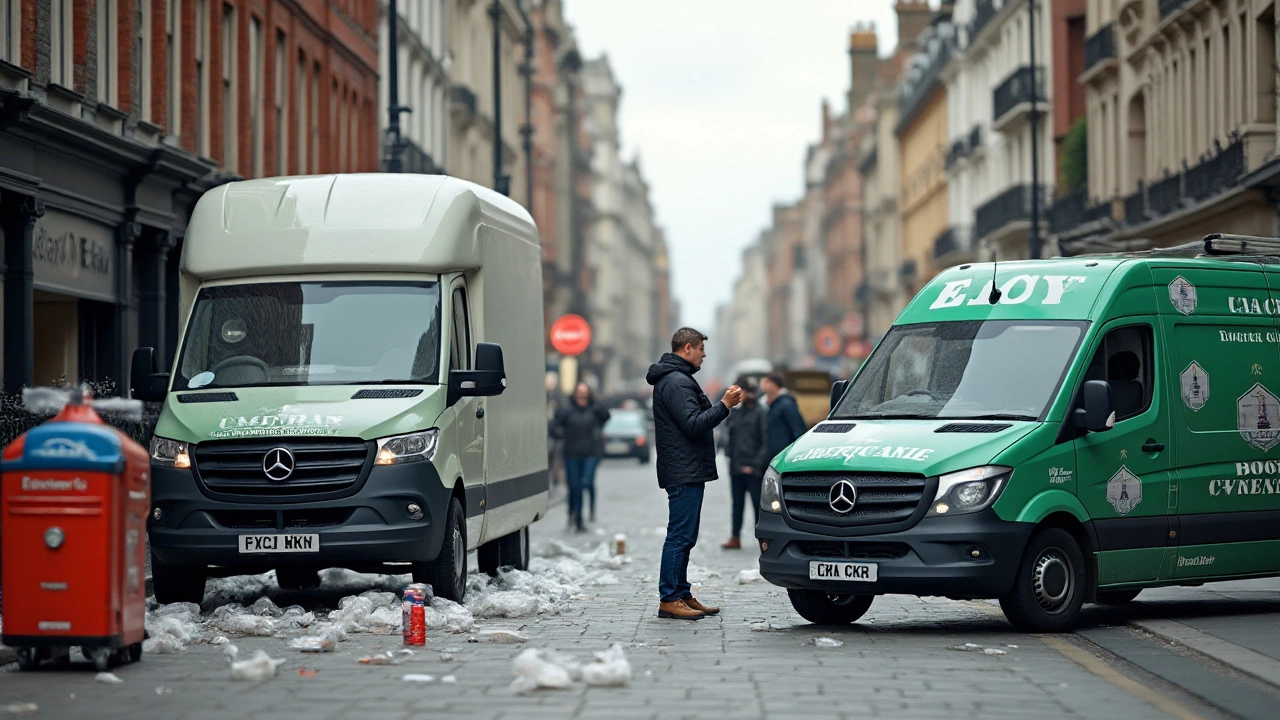Pollution and Cleaning: Easy Steps for a Cleaner Home and Planet
When you scrub your kitchen or mop the floor, you also decide how much pollution you add to the world. The good news is that a few small changes can keep your home sparkling and lower your environmental impact.
Spot the Biggest Pollution Sources in Your Cleaning Routine
Most people think only industrial factories pollute, but a lot of harmful chemicals start in the cupboard. Conventional cleaners often contain phosphates, ammonia, or harsh surfactants that end up in water supplies after you rinse them away. Plastic spray bottles and single‑use wipes add to landfill waste. Even the rags you toss after a spill can create micro‑fibers that travel to oceans.
Take a quick inventory: list every product you use, note the container type, and check the label for ingredients you don’t recognize. This simple audit shows you where you can make the biggest difference.
Switch to Green Alternatives Without Losing Power
Switching doesn’t mean you have to buy expensive specialty items. White vinegar, baking soda, and lemon juice work wonders on grease, limescale, and odor. For tougher jobs, look for “plant‑based” or “biodegradable” cleaners that use citric acid or enzymes instead of harsh solvents.
Micro‑fiber cloths are a game‑changer. They trap dust and grime with just water, so you can skip a lot of chemical spray. Wash the cloths in a gentle cycle and reuse them many times – one cloth can replace dozens of paper towels.
If you need a professional finish for windows or upholstery, ask the service provider whether they use eco‑friendly solutions. Many companies now mix their own low‑impact cleaning solutions, which can be just as effective as commercial chemicals.
When you do need a store‑bought product, choose ones with refill packs or recyclable packaging. Buying a larger bottle and refilling a smaller, reusable sprayer cuts plastic waste dramatically.
Don’t forget about disposal. Never pour leftover cleaner down the drain if it contains hazardous ingredients. Check your local council’s guidelines – many areas have hazardous waste drop‑off points for safely disposing of chemicals.
Finally, use the right amount of product. A little spray goes a long way, and over‑application just creates extra runoff that can pollute waterways.
By swapping a few items, using reusable tools, and disposing of chemicals responsibly, you lower household pollution while keeping every room spotless. Small habits add up, and the planet thanks you for the effort.

Top Polluters in Eco-Friendly Cleaning: Companies to Watch
The cleaning industry has witnessed a green revolution, but not all companies have embraced sustainable practices. Some corporations continue to lag behind, prioritizing profits over environmental wellbeing. This article delves into the least eco-friendly companies within the cleaning sector, examining their environmental impact and practices. Insights and practical tips for choosing truly eco-conscious brands are also shared to help consumers make informed decisions.
Read More